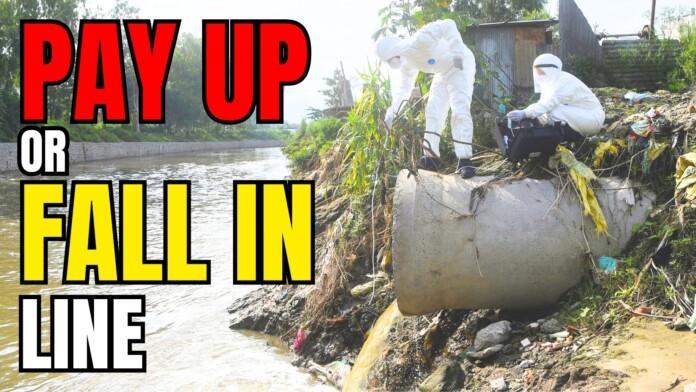Panaji: In order to ensure 100% coverage of houses and commercial establishments under the existing sewerage network, the Goa government, in its recently tabled Budget, has decided to impose hefty fines on those who fail to avail themselves of the system’s benefits.
Chief Minister Pramod Sawant presented the Budget on March 26, the last day of the three-day-long Assembly session.
In the Budget, Sawant announced that the government will develop the Goa Sewerage Master Plan, which will manage sewerage treatment for the next 25 years.
The chief minister said, “Residents who are eligible for a sewerage connection will have to pay an additional 50% of the water charge for residential connections and 100% of the charge for commercial connections, over and above their regular fees.”
“After the sewerage connection is made, the charges will be normalized,” he added.
The chief minister announced that Goa Sewerage Corporation would be solely responsible for the disposal of sewerage in the state.
He said that the corporation will be responsible for setting up new sewerage treatment projects and maintaining the existing infrastructure.
Sawant stated that in the next financial year (2025-26), the government has earmarked Rs 53.12 crore for tertiary treatment facilities for the existing 27.5 MLD and 1.5 MLD sewerage treatment projects at Tonca in Panaji.
The chief minister proposed that to meet the growing sanitation needs of the next 25 years, the Goa government has approved the Goa Sewerage Master Plan 2050.
“In several areas, particularly in the coastal regions, the sewerage network is either not implemented or poorly maintained, leading to water contamination. We have taken steps to address this issue,” he said.
The first-ever Vacuum Sewer Network System in India has also been launched in Panaji, marking a significant development, he said.
The chief minister emphasized that although the sewerage system has been established in some areas, people are facing challenges in connecting to it. This has led to delays and environmental pollution. The goal of implementing sewerage lines is to improve sanitation capacity and reduce environmental pollution.



